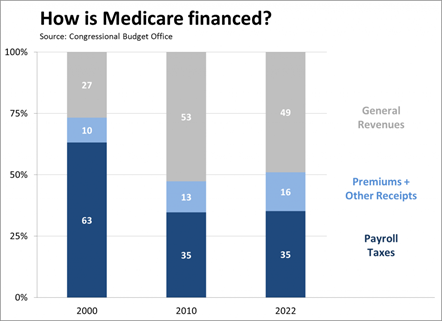Tax Policy Calculator: Updated to show Republican, Obama and full expiration scenarios
 Monday, July 30, 2012 at 9:04AM
Monday, July 30, 2012 at 9:04AM The Tax Foundation has updated their interactive tax calculator which can be found here. This is a fantastic tool that will allow everyday taxpayers to run their own numbers through the calculator to see how they will fair alternatively under the Republican proposal, the Obama proposal and under the full expiration of Bush-era tax cuts.
The Tax Foundation explains the calculator.
"We've updated our interactive tax calculator at www.mytaxburden.com to reflect these new policy scenarios. The left column ("Republican Proposal") assumes passage of H.R. 8 (full extension of Bush tax cuts but not stimulus bill ones), as well as repeal of the health care bill (which includes new payroll taxes on high income earners scheduled to go into effect next year) while the right column ("Obama Proposals") assume that the changes proposed in President Obama's budget are adopted: extension of the stimulus bill provisions as well as the Bush-era tax cuts, but only for filers making under the thresholds."
I highly recommend that you run your numbers to see how your tax liability might change.
The Tax Foundation explains the changes here and summarizes:
"Very low-income filers, as well as filers receiving tax credits for college tuition, are likely to do better under the Obama/Democratic plan; very high-income filers are likely to do better under the Republican plan. For the vast majority of people, income tax liability will be the same under both plans."

